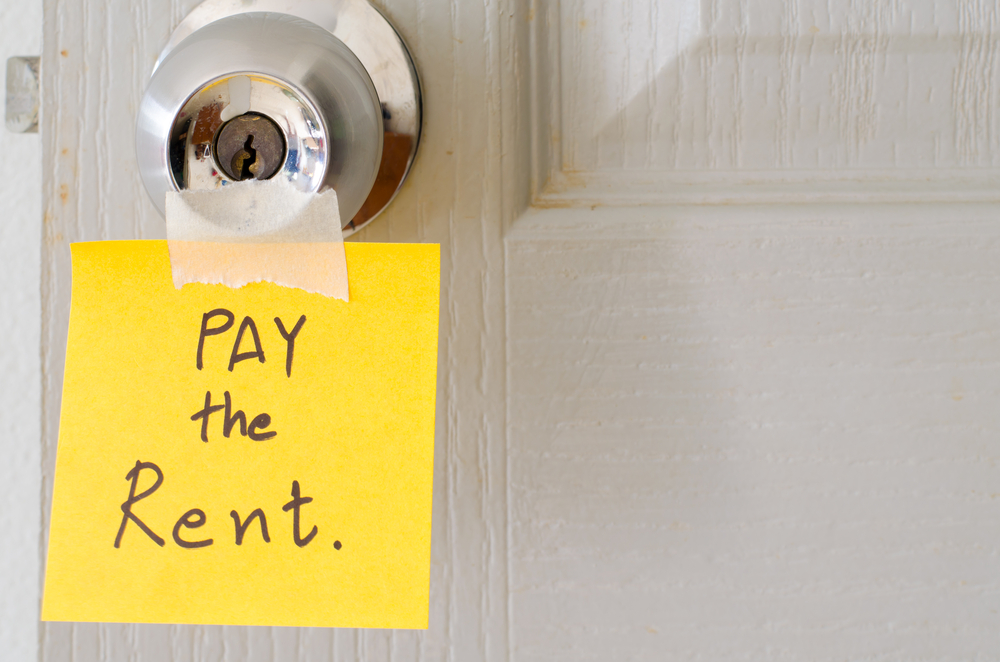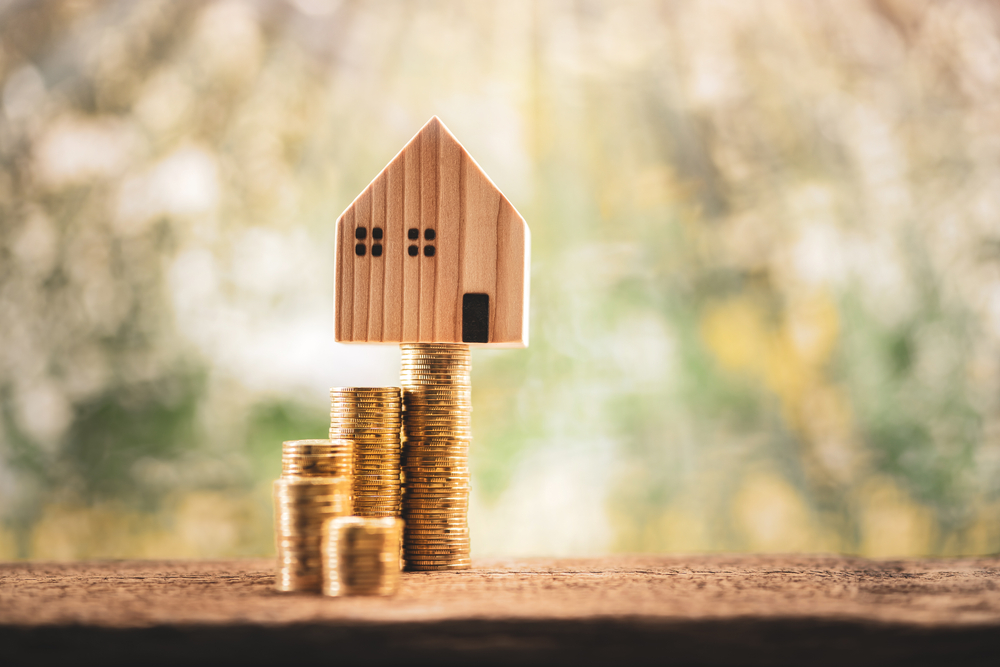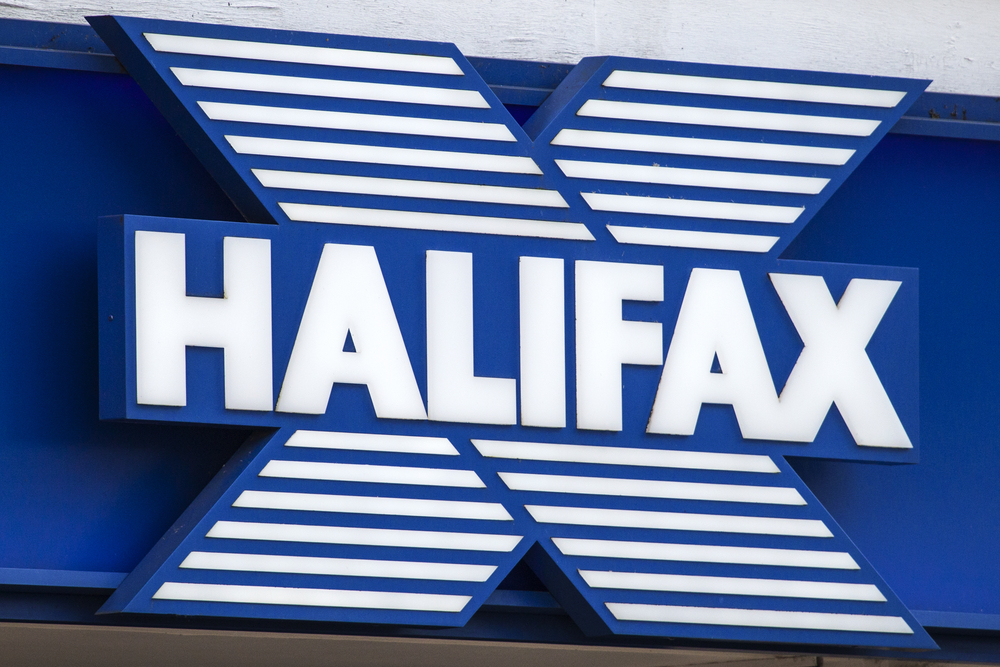
New tenants are paying on average £400 more per month now compared to the start of the pandemic in 2020, Rightmove reveals.
The latest data shows that this is an uplift of 44%, outpacing the increase in average earnings over the same period, which have risen by 36%.
The average advertised rent of homes outside of London has hit a new record this quarter to £1,365 per calendar month, while in London rents have also recorded a 15th consecutive record of £2,712pcm in this quarter.
The market currently has the best balance between supply and demand in the last five years, as the market continues to cool from the pandemic.
The number of available properties to rent is now 15% higher compared to this time last year while the number of prospective tenants looking to move is 10% lower than the same period last year.
The combination of these two metrics means that the average number of enquiries a typical rental property receives is now 11. This is down from 16 last year, but up from seven at this time in 2019.
The latest UK Finance buy-to-let (BTL) figures shows that there has been a 17% rise in the total number of loans to property investors, including a 28% lift for new rental home purchases.
Rightmove says more investment into the BTL sector from landlords is good for tenants, as it brings much needed rental homes into the sector, and a better balance of supply and demand helps to keep rental price increases at more moderate levels.
From this, the latest rental tracker shows homes are taking longer to let and are more likely to be reduced in price as tenant choice increases.
It is now taking an average of 25 days for a rental home to be market let agreed on Rightmove, up from 21 days last year and 18 days during the same period in 2022.
It found that 24% of rental homes see a reduction in price during advertising, which represents the highest this figure has been since 2017.
Rightmove property expert Colleen Babcock says: “Despite another new record in average asking rents for tenants, the big picture is that yearly rent increases continue to slow, which is good news for tenants.”
“Supply and demand is slowly rebalancing towards more normal levels, though we still have a way to go before we reach pre-2020 levels of available homes for tenants.”
“The good news is that the latest industry snapshot suggests more investors are taking out BTLloans compared with last year, which should help to bring even more homes to the rental market.”
StepChange Debt Charity chief client officer states: “The last five years have hit household finances hard, but few have felt it more sharply than those in the private rented sector (PRS). The majority of our clients struggling with debt are renters, with a third in the PRS.”
“Private sector rents continuing to outpace inflation is a clear sign that the root of the crisis goes beyond the scope of the Renters’ Rights Bill.”
“We welcome the changes the Bill brings forward to balance rights between landlord and tenant, including an end to Section 21 ‘no fault’ evictions. However, tackling the lack of affordability in the PRS must be a key priority for this Government in order to secure a better deal for private renters.”
Meanwhile, Generation Rent chief executive Ben Twomey comments: said: “Landlords often blame rising rents on demand being higher than the number of homes available, but it is now clear that high rents are here to stay, even as the number of renters looking for homes is falling.”
“When so much of our income is swallowed up by landlords, it can mean that we can’t afford to heat our homes for the winter or feed ourselves properly. Some renters are staring down the barrel of debt and homelessness.”
“The government can and must act urgently. We rightly have caps on essentials like energy and water bills, but we desperately need the same protection from the soaring rents that are pricing us out of our homes.”
Propertymark ARLA president Megan Eighteen adds: “Many landlords within the private rental market are grappling with substantial hikes in their overall costs, including increased taxes, unfavourable mortgage rates, and ongoing regulatory challenges.”
“These factors are making property investment less appealing and potentially riskier. Consequently, this is exacerbating the disparity between supply and demand for housing, and we’ve seen a significant impact on rental prices, which vary regionally.”



